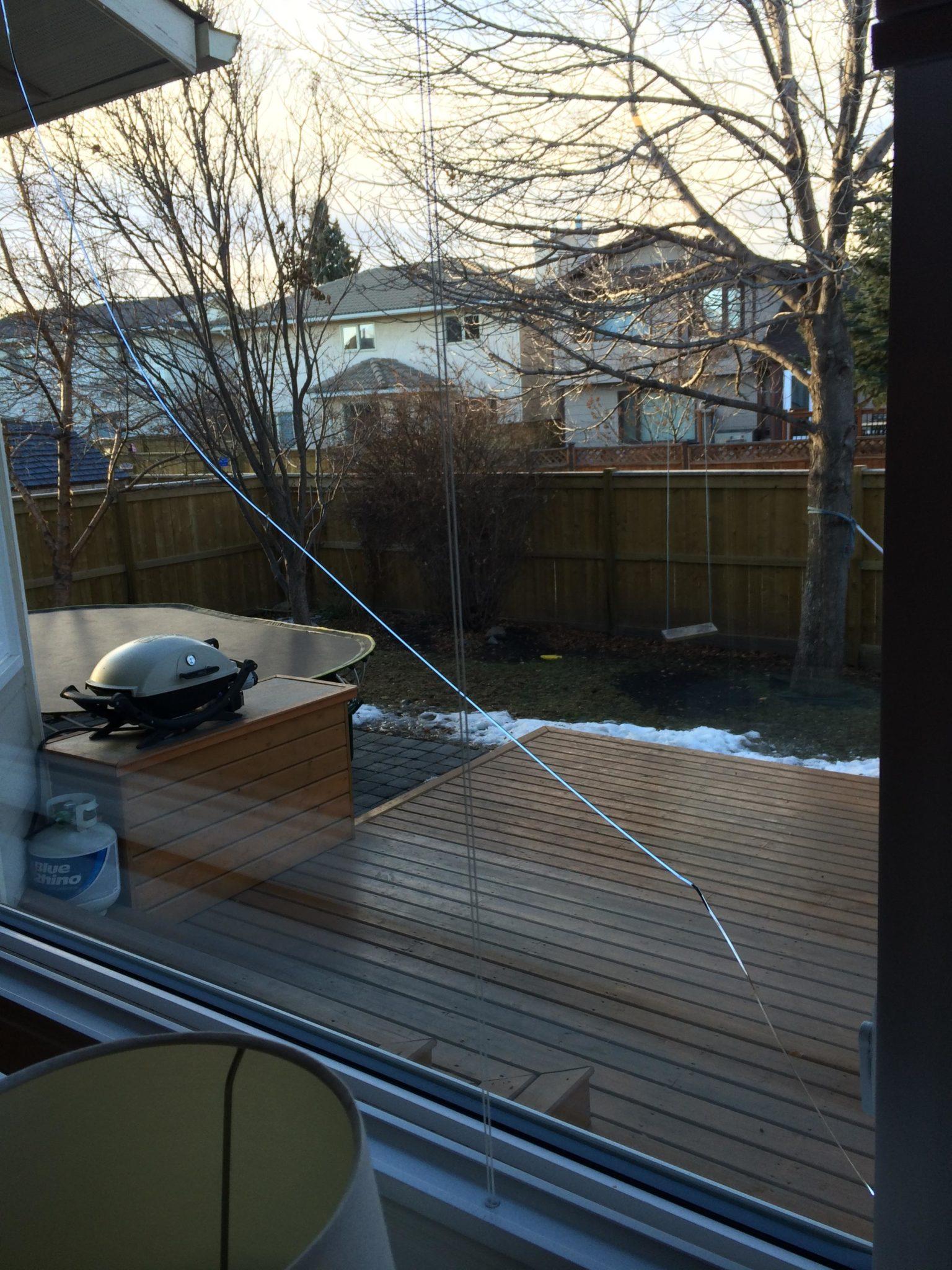Even the best windows and professional installation can experience problems or issues. This is especially true when it comes to replacement windows in Canada. Although they are made specifically to withstand the bitter cold of our winters and the scorching heat of summer, windows are still very much affected by temperature changes. And while most of the time they withstand flawlessly, you may sometimes experience issues with your new energy efficient units.
Not to worry though! There isn’t a problem with your new replacement your window suppliers can’t fix.
And as a big advantage to you, most of the time these issues are covered by your warranty.
One common problem we often have to address is sealed unit failure, so we wanted to discuss it in today’s post.
Sealed Unit Failure Explained
But first, what is a sealed unit? If you are not familiar with the terminology yet, a sealed unit is very much what it sounds like; it is simply two pieces of glass sealed together either with a vacuum or a gas fill in between. Sealed units are an important component in both double and triple pane windows, regardless of whether the unit is operable or fixed. The seal unit is also the part where most additional features of modern windows get utilized. Gas fills, Low-E coating, and Super Spacer technology are all contributing factors to the integrity and longevity of your sealed units.
Most commonly, failure in sealed units occurs as a result of pressure related to temperature changes. Your windows physically expand in warmer temperatures and contract as the mercury drops. This expanding and contracting is often referred to in the industry as solar pumping. Extreme changes in temperature can sometimes compromise the strength of the seal, or worse, the actual components of the unit. Cracked glass is very much a common problem as a result of a unit failing from pressure changes. Solar pumping is the main cause of sealed unit failure. It is also most common on south-facing windows, as those units tend to undergo the highest differences in temperature throughout the year.

So how do you recognize if there is a problem? One sure sign of problems is condensation on the glass. But not all condensation is the same. In fact in most cases, condensation is absolutely normal on new windows, and by no means occurs because of sealed unit failure. When a sealed unit is compromised, condensation gathers on the INSIDE of the pane. When the seal has failed, moisture is allowed into the unit during cold weather and is expelled from the unit as the temperature rises. This may be a daily cycle your windows go through if the seal is broken. This daily transfer of air quickly saturates the crystals inside the spacer bars and moisture condensing on the glass is inevitable.
Look for specific signs on your window as they pertain to unit failure. Moisture inside the pane or cracked glass are telltale signs. If you see condensation on the corners of your unit with an Argon or Krypton fill, but not in the middle, this often means that the seal is compromised and the gas is escaping somewhere.
Unfortunately, there is no simple or DIY solution to failed sealed units. Most often they have to be replaced. Fortunately for you, the hardware warranty with your window companies should cover the replacement and ensure that a new sealed unit gets put in. Sealed units go a long way toward making you get the most out of your eco-friendly windows, and spend as little as possible on heating your home.
Although solar pumping is cited as the main reason, other causes of sealed unit failure may be:
– Incorrect installation
– Manufacturing defect
– Broken seals
– Damages through transportation
– Poor maintenance
– Broken drainage channels
Always make sure to consult a specialist or your window company if you think your sealed units may have failed. Knowledgeable experts should be able to find a solution and resolve your issues.

